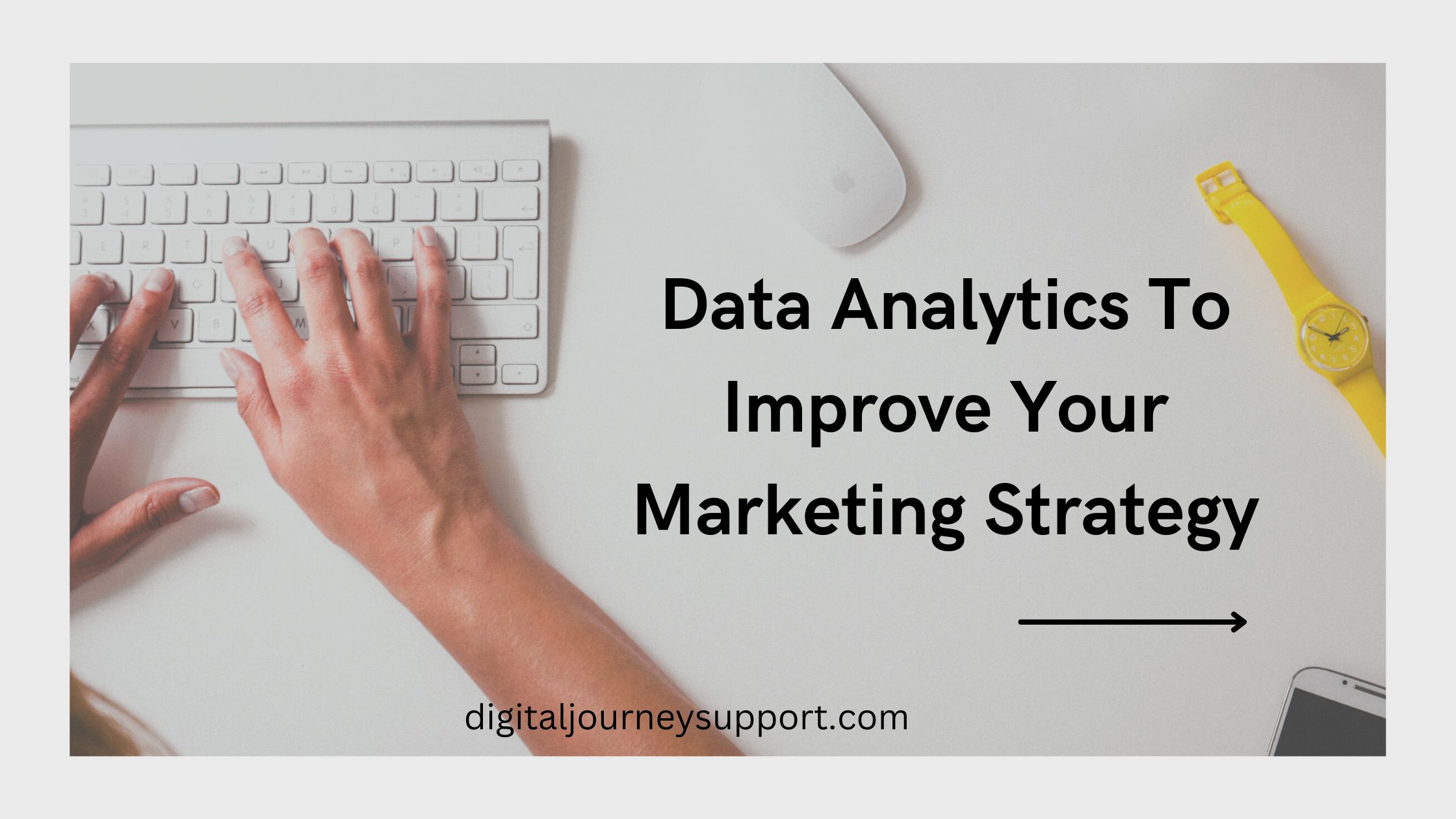Using data and analytics to improve your marketing strategy is essential in today’s digital age. With so much information available, it can be overwhelming to know where to start. In this blog post, we will explore how to effectively use data and analytics to inform and improve your marketing strategy.
Understanding Your Audience
The first step in using data and analytics to improve your marketing strategy is to understand your audience. This includes identifying who your target market is, what their needs and wants are, and what channels they prefer to use.
By analyzing data such as website and social media analytics, you can gain valuable insights into your audience’s demographics, interests, and behaviours. For example, if you notice that a high percentage of your website visitors are from a specific location, you can target your advertising and promotional efforts in that area.
Additionally, by tracking engagement on your social media channels, you can see which types of content and campaigns resonate with your audience. For example, if you notice that videos perform better than images on Instagram, you may want to focus more on creating video content in the future.
Measuring Campaign Effectiveness
Once you have a better understanding of your audience, you can use data and analytics to measure the effectiveness of your campaigns. By tracking metrics such as conversion rates, click-through rates, and ROI, you can see which campaigns are driving the most results.
For example, if you’re running a social media advertising campaign, you can track the number of conversions (purchases, sign-ups, etc.) that occur as a result of the campaign. This will give you an idea of the campaign’s ROI and allow you to make informed decisions about future advertising efforts.
Additionally, by analyzing website analytics, you can see how visitors are interacting with your site. This includes which pages they’re visiting, how long they’re staying, and what actions they’re taking (such as filling out a contact form or making a purchase). This information can help you identify areas of your site that are performing well, as well as areas that may need improvement.
Optimizing Your Marketing Mix
Once you have a better understanding of your audience and how your campaigns are performing, you can use data and analytics to optimize your marketing mix. This includes adjusting your spending on different channels and tactics to maximize results.
For example, if you notice that your social media advertising is driving a high number of conversions, you may want to allocate more of your budget to that channel. On the other hand, if you notice that your email marketing campaigns aren’t performing as well, you may want to reduce your spending on that channel and focus on other tactics.
Also Read This: The benefits of influencer marketing and how to get started
Additionally, by analyzing data on your target market’s needs and preferences, you can adjust your messaging and content to better resonate with them. For example, if you notice that your audience is particularly interested in sustainability, you may want to focus more of your messaging and content on eco-friendly products and practices.
Conclusion
Using data and analytics to improve your marketing strategy is essential in today’s digital age. By understanding your audience, measuring campaign effectiveness, and optimizing your marketing mix, you can make informed decisions that drive results. Remember to track your progress and adjust your strategy as needed. By using data and analytics to inform your marketing strategy, you can increase your ROI and ultimately grow your business.




